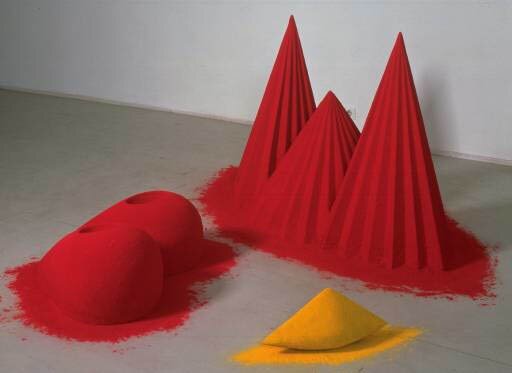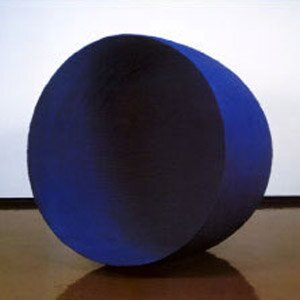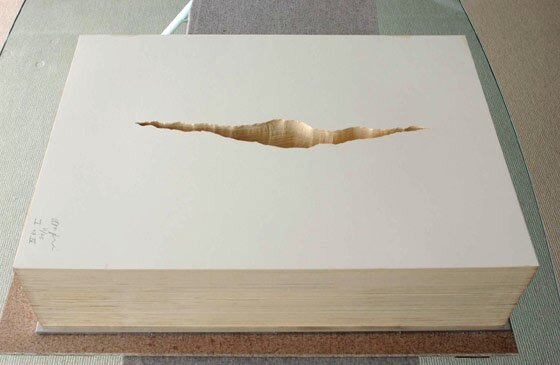Who is Anish Kapoor and Why is his work relevant?
The work of Anish Kapoor has confounded the descriptions of writers , viewers and critics alike for decades - only because his forms are so elemental and his apparent eschewing of the popular idiom current in contemporary art at the time he became visible. Like many of the other more 'original' artists, Kapoor appears to find his influence well outside the idiomatic norm of the times. Instead, citing influences as oblique as the spice markets of his native India (re: the earlier pigmented works from the 80s) and to be sure - his work reads more as a Jungian bestiary of symbols dredged up under the influence of psychotropics.Upon the appearance of his first works in the popular 'niche media' of the time, it was immediately evident that it looked like nothing that had been done in recent memory (though certainly echoing and perhaps reinvestigating the mid-career works of Yves Klein in it's use of monochromatic but intense color. At the time, Kapoor cited the Mumbai (then Bombay) spice markets as inspirations for this particular exploration of the use of color. Some sense may be made from this early work if we consider (based on the artist's actual words) - it is really about the 'materiality or material manifestation of color'. I think that Kapoor was attempting to transcend the 'purely visible' in his use of color - and was trying to explore new territory and new funtionality in his early use of color. The exploration certainly asks many important questions about the possible use of color in the physical world and it's relationship to form in the physical world. Even later works investigated more radical optical treatments (plated mirror in 'the Bean', etc) whose interactivity with form are even more complex and radical.
But where on earth did the 'alien geometry' come from? Perhaps this was (and still is) the most captivating aspect of his work. However, the 'otherness' (to drop an old an much maligned turn of phrase) of the work is still puzzling. Later work started incorporating the exhibiitons spaces more fully, actually cutting into or modifying walls and floors of the exhibition spaces. The issue of scale became a factor as Kapoor's credentials became more weighty and budgets for his executed work expanded. It is not clear if the increased scale of newer works have helped him forge new territory, except in making the work 'more visible' (as again, in 'the Sky Mirror' or 'Cloud Gate').
Biography
Born in India in 1954 into a Punjabi-Jewish family. While there existed at the time a significant Jewish enclave in Mumbai (Bombay), where he and his family lived - his trip to Israel later suggests to some degree that he felt, to a degree, like an outsider in Mumbai society. After Israel, Kapoor moved to London England where he attended Hornsey and then the Chelsea School of Art and Design.
Exhibitions (click to read)
Bibliography
Articles
A Conversation between Anish Kapoor and Marcello Danetas (click to read)
Reference
Anish Kapoor biography on Wikipedia
Anish Kapoor biography at The Andy Warhol Museum
Anish Kapoor article from The New York Times
Anish Kapoor Family Album
|
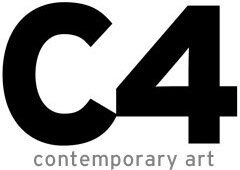


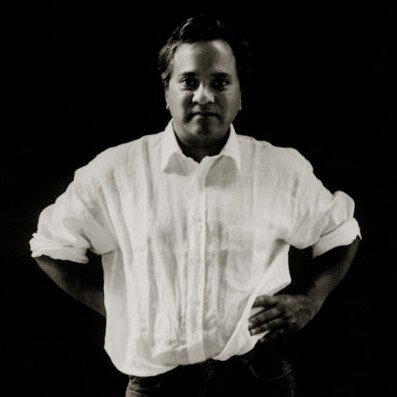

 Untitled, 1983
Untitled, 1983